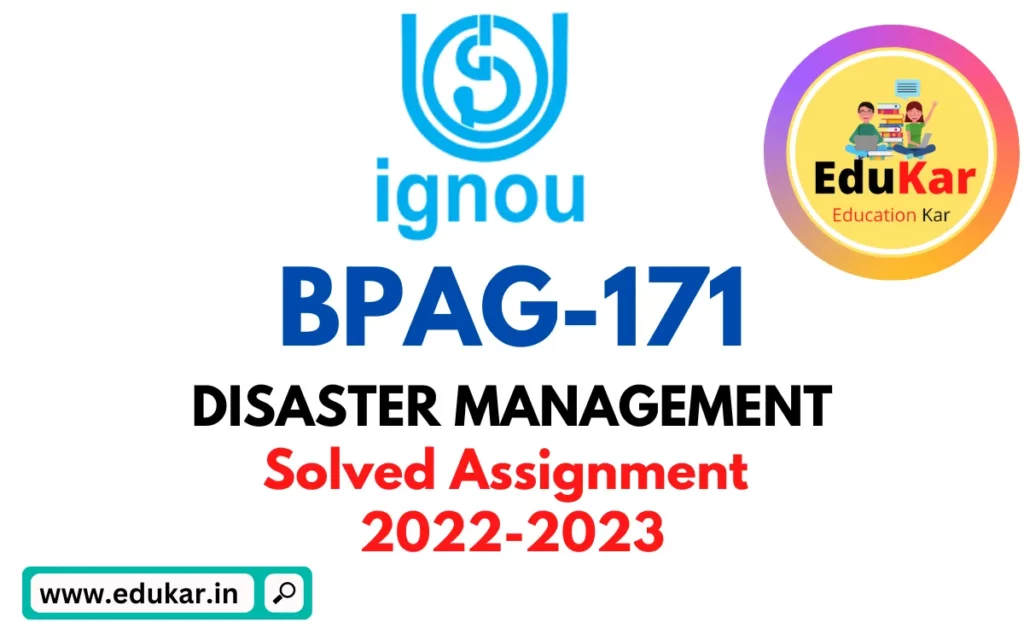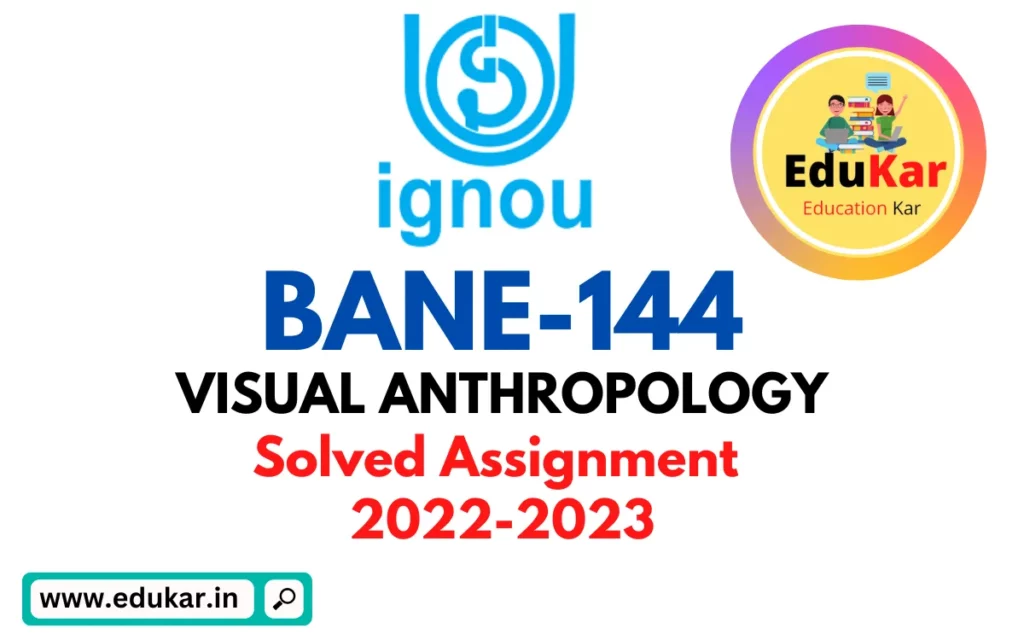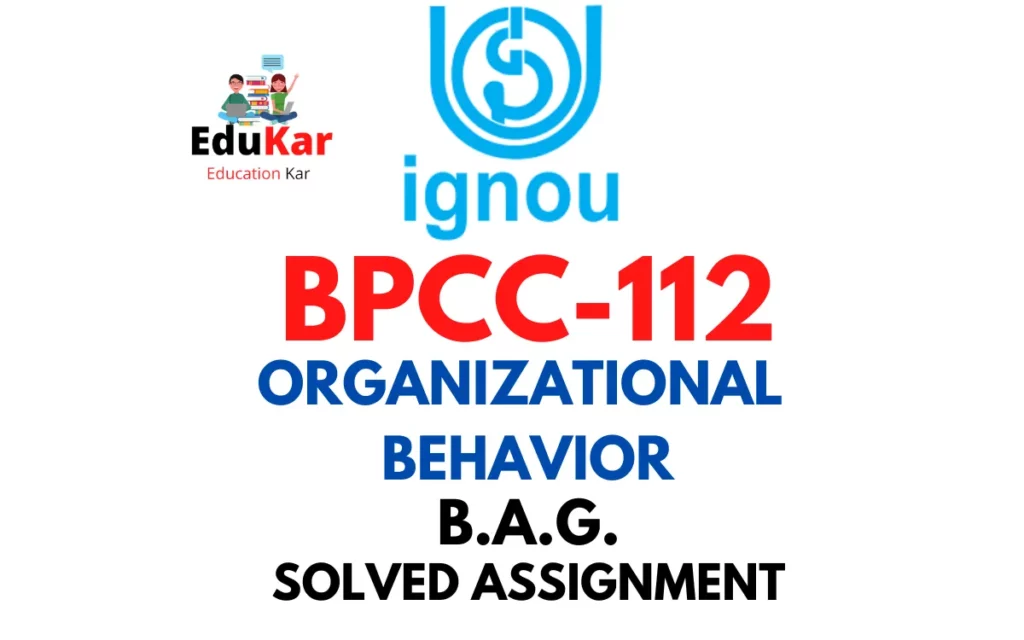Contents
- 1 Section A
- 2 1. Write short notes on any four (150 words): (4 x 5 = 20)
- 3 Section B
- 4 1. An International Conference is being organized by your institute. There are participants from different parts of the world. You happen to meet one such participant from London. Write a series of 8 (eight) dialogues exchanged between the two of you introducing yourself, your country and the socio-political situation of your countries during Pandemic.
- 5 2. Make a presentation on the topic:
- 6 Section C
- 7 1. How can one be an active participant in a meeting? Discuss some of the etiquettes that must be followed while attending a meeting.
- 8 2. List three recommendations on how a meeting should end and what should happen after a meeting.
- 9 3. Distinguish between ‘Silent Reading’ and ‘Reading aloud’. Also explain the two techniques of reading needed for the proper understanding of a text.
- 10 4. Explain the importance of shared assumptions between writer and reader.
- 11 4. What is meant by efficient Reading? What are the characteristics of reading?
- 12 5. A group of four students have been given the following topic for group discussion.
- 13 FAQs:
| Title | BEGAE 182: English Communication Skills (BAG) Solved Assignment 2022-2023 |
| University | IGNOU |
| Degree | Bachelor Degree Programme |
| Course Code | BEGAE 182 |
| Course Name | English Communication Skills |
| Year | 2023 |
| Language | English |
| Assignment Code | BEGAE-182/2022-23 |
IGNOU BEGAE 182 Solved Assignment 2022-2023: It is an invaluable resource for students pursuing Bachelor’s Degree in Education (B.Ed) from Indira Gandhi National Open University (IGNOU). The course “Educational Evaluation and Assessment” (BEGAE 182) is a crucial part of the B.Ed program, and the solved assignment serves as a comprehensive guide for students to gain a deeper understanding of the subject. The assignment includes answers to all the questions provided in the study material and is designed to help students prepare for the term-end examination effectively.
The solved assignment has been created by experts in the field of education and assessment, ensuring that students receive accurate and up-to-date information. The solutions provided are concise and to-the-point, helping students grasp the concepts quickly. The assignment covers all the important topics of the course, such as educational evaluation, assessment of learning, measurement and evaluation, assessment of intelligence, and much more.
In addition to providing in-depth answers, the solved assignment also includes diagrams, charts, and tables to help students visualize the concepts better. The use of examples and real-life situations in the answers makes the assignment even more informative and practical. With the help of this solved assignment, students can improve their scores and secure a better grade in the term-end examination.
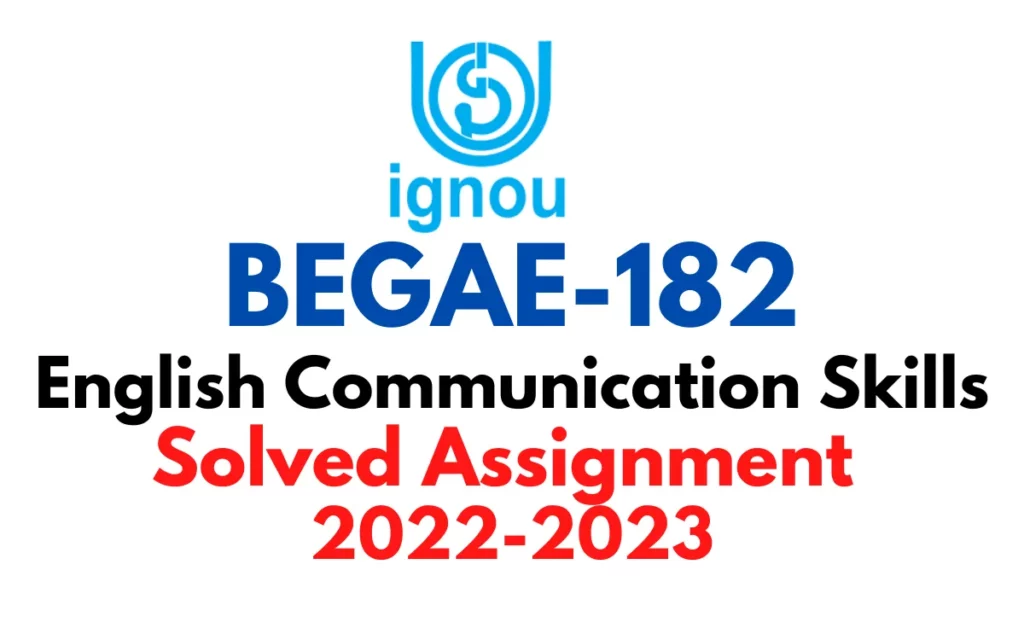
BEGAE-182: English Communication Skills
Assignment July, 2022 & January, 2023 Sessions
(Based on Blocks 1 – 4)
Section A
1. Write short notes on any four (150 words): (4 x 5 = 20)
a) Verbal Communication
Answer: Verbal communication refers to the use of spoken or written words to convey a message. This type of communication can be formal or informal and can take place in a variety of settings, such as face-to-face, over the phone, or via video conferencing. Verbal communication is important because it allows individuals to express their thoughts and ideas, share information, and build relationships. However, it can also be subject to misinterpretation and can be influenced by factors such as tone of voice, body language, and cultural differences.
b) Essentials of a Good Group Discussion
Answer: A group discussion is a method of communication where a group of individuals come together to exchange ideas and reach a consensus on a particular topic. The essentials of a good group discussion include:
- Clear and defined objective: The group should have a clear understanding of the purpose and goal of the discussion.
- Participation: All members should actively participate in the discussion and express their opinions.
- Effective listening: Members should not only express their own ideas but also actively listen to the contributions of others.
- Respectful communication: Members should communicate in a respectful and non-judgmental manner.
- Inclusivity: The discussion should be inclusive and encourage participation from diverse perspectives.
- Time management: Adequate time should be allocated for the discussion, and the group should stay on topic to avoid getting sidetracked.
- Flexibility: The group should be open to new ideas and be willing to change their perspective if necessary.
- Summation: The group should summarize the key points discussed and reach a conclusion or decision.
c) Characteristics of a Good Communication
Answer: The characteristics of good communication include:
- Clarity: The message should be clear and easily understood by the intended audience.
- Conciseness: The message should be concise and to the point, avoiding unnecessary information or filler.
- Completeness: The message should be complete and provide all the necessary information.
- Correctness: The message should be accurate and free from errors.
- Empathy: The sender of the message should be aware of the perspective and emotions of the receiver.
- Feedback: The sender should be open to receiving feedback and be able to adjust the message accordingly.
- Timeliness: The message should be delivered at an appropriate time and in a timely manner.
- Adaptability: The message should be tailored to the audience and the specific situation.
- Confidentiality: The message should be kept confidential if it is intended to be private.
- Positive language: The message should be conveyed in a positive and constructive way, avoiding negative or inflammatory language.
d) Homonyms and Homophones (with suitable examples)
Answer: Homonyms are words that are spelled and pronounced the same way but have different meanings. For example:
- “Bass” (a type of fish) and “bass” (a low-frequency sound)
- “Tear” (to rip or to cry) and “tear” (a droplet of liquid from the eye)
Homophones are words that are pronounced the same way but have different spellings and meanings. For example:
- “Their” (possessive form of “they”) and “there” (in a place)
- “Hear” (to perceive sound) and “here” (in this place)
- “Brake” (to slow down) and “break” (to fracture)
It is important to be aware of homonyms and homophones in writing and speaking as they can cause confusion and lead to misinterpretation of the intended message.
e) Preferred techniques of Reading for understanding a text.
Answer: There are several preferred techniques that can be used to improve understanding when reading a text:
- Previewing: Skimming the text before reading it in detail, looking at the title, headings, subheadings, and any pictures or diagrams. This will give an idea of what the text is about and what to expect.
- Active reading: Engaging with the text by underlining, highlighting, or taking notes on key points as you read. This helps to focus attention and increase retention.
- Summarizing: After reading, summarizing the main ideas and key points in your own words. This will help to solidify understanding and make it easier to recall the information later.
- Questioning: Asking questions about the text, such as what is the main idea, what is the author’s purpose, and what are the key points. This will help to focus attention and deeper understanding.
- Reflecting: Thinking about the text and how it relates to your own experiences, knowledge, and beliefs. This will help to make connections and understand the text more fully.
- Following up: If necessary, looking up words or concepts that are unfamiliar, or researching more information on the topic. This will deepen understanding of the text.
- Re-reading: Re-reading the text, especially if you have difficulty understanding it. This can help to solidify understanding and uncover new insights.
Section B
1. An International Conference is being organized by your institute. There are participants from different parts of the world. You happen to meet one such participant from London. Write a series of 8 (eight) dialogues exchanged between the two of you introducing yourself, your country and the socio-political situation of your countries during Pandemic.
Answer:
You: Hi, my name is [Your Name]. It’s nice to meet you.
Participant: Hi, Shubham. My name is Tom. Nice to meet you too.
You: So, where are you from?
Participant: I’m from London, England. How about you?
You: I’m from India. How do you like India so far?
Participant: It’s been great! I’ve only been here for a day, but I’m already enjoying the culture and the food.
You: I’m glad you’re enjoying your time here.
You: So, have you been following the news about the current socio-political situation in England?
Participant: I’ve seen some news about it, but I’m not too familiar with the details. Can you tell me more about it?
You: Sure. Recently, our country has been dealing with a lot of political turmoil, particularly related to [specific issue]. It’s been a challenging time, but we’re trying to stay positive and look towards the future.
You: How has the situation been in London and the UK?
Participant: It’s been difficult, like in most parts of the world. The pandemic has hit us hard, and we’ve had to implement strict measures to contain the spread. The economy has been affected, and many people have lost their jobs. But we’re trying to recover and come out stronger.
You: The pandemic has really affected us as well. We’ve had to implement strict measures to contain the spread, and it’s been tough on our economy. But we’re trying to stay positive and work together to get through it.
Participant: Yes, it’s definitely been a challenging time for everyone. But it’s important to remember that we’re all in this together, and we can support each other.
You: How has the pandemic affected your family and friends?
Participant: It’s been tough on them as well. Some of my friends have lost their jobs, and it’s been difficult for everyone to adjust to the new normal. But we’re trying to stay positive and support each other.
You: Yes, it’s definitely been a challenging time for everyone. But it’s important to stay positive and support each other. I’m glad we had a chance to talk.
Participant: Yes, it was nice to meet you and hear about the situation in your country. I hope we can continue to support each other during these difficult times.
2. Make a presentation on the topic:
(i) Online Education
Answer: Title: “The Future of Education: Online Learning”
Introduction:
- The COVID-19 pandemic has accelerated the shift towards online education
- Online education offers many benefits such as flexibility, cost-effectiveness, and access to a wider range of course offerings
- In this presentation, we will explore the current state of online education, its advantages and disadvantages, and its potential impact on the future of education.
Body:
I. Current state of online education
- Online education has been around for decades, but has gained significant traction in recent years
- According to a report by the Online Learning Consortium, over 30% of higher education students took at least one online course in 2016
- Online education is not limited to higher education; K-12 schools and vocational training programs also offer online options
II. Advantages of online education
- Flexibility: Online education allows students to learn on their own schedule and at their own pace
- Cost-effectiveness: Online education can be less expensive than traditional in-person education, as it eliminates the need for transportation and housing
- Access to a wider range of course offerings: Online education allows students to take courses from institutions all over the world
- Convenience: Online learning can be done from anywhere with an internet connection.
III. Disadvantages of online education
- Lack of in-person interaction: Online education can be isolating, and students may miss out on the social and networking benefits of traditional education
- Self-motivation: Online education requires students to be self-motivated and disciplined to succeed
- Technical difficulties: Online education relies on technology, and technical issues can disrupt learning
- Quality of education: Some people argue that online education may not be as effective as traditional in-person education.
IV. Impact on the future of education
- Online education will continue to grow in popularity and become more mainstream
- Traditional institutions will likely incorporate more online elements into their curriculum
- Online education will make education more accessible to people in remote and underserved areas
- The rise of online education will also lead to changes in the way we think about accreditation and the value of a college degree.
Conclusion:
- Online education is a viable and increasingly popular option for students of all ages and backgrounds
- While there are some disadvantages to online education, its advantages make it a valuable addition to the education landscape
- Online education has the potential to democratize education and increase access to learning opportunities for people around the world.
Thank you for your attention.
(ii) Education during Pandemic
Answer: Title: “Education in the Age of a Pandemic“
Introduction:
- The COVID-19 pandemic has brought about unprecedented changes to the education system
- From school closures to remote learning, educators and students have had to adapt to a new normal
- In this presentation, we will explore the challenges and opportunities presented by education during a pandemic, and the ways in which educators and students have risen to meet them.
Body:
I. Challenges of education during a pandemic
- School closures: The sudden shift to remote learning has been challenging for many students and educators, particularly those in underserved communities
- Lack of access to technology: Remote learning requires access to technology, and many students do not have the necessary equipment or internet access
- Mental health concerns: The pandemic has led to increased stress and anxiety, which can negatively impact students’ ability to learn
- Disruption to learning: The pandemic has disrupted the traditional academic calendar, leading to changes in curriculum and difficulty in assessing student progress.
II. Opportunities of education during a pandemic
- Flexibility: Remote learning allows for more flexibility in terms of scheduling and pacing
- Innovation: The need to adapt to remote learning has led to the development of new technologies and teaching methods
- Collaboration: Remote learning has emphasized the importance of collaboration between students, educators, and families
- Access to a wider range of resources: Remote learning has expanded access to educational resources and created new opportunities for global learning.
III. Best practices for educators during a pandemic
- Prioritizing student well-being: Educators should focus on supporting the mental and emotional well-being of students
- Incorporating technology: Educators should use technology to create engaging and interactive learning experiences
- Providing clear and consistent communication: Educators should keep in close contact with students and families to ensure everyone is on the same page
- Adjusting instruction: Educators should adjust their instruction to account for the disruptions caused by the pandemic.
IV. Best practices for students during a pandemic
- Setting a routine: Students should establish a consistent routine for remote learning
- Staying connected: Students should stay connected with their classmates and teachers through virtual platforms
- Managing stress: Students should practice stress management techniques such as mindfulness and exercise
- Seeking help: Students should seek help if they are struggling with remote learning or mental health concerns.
Conclusion:
- The COVID-19 pandemic has presented a number of challenges and opportunities for education
- Educators and students have had to adapt to a new normal, but with the right approaches, they can continue to learn and grow
- It’s important to keep in mind the well-being of students, the importance of technology, clear communication, and the need to adjust instruction.
Thank you for your attention.
(iii) Effect of Pollution on Health
Answer: Title: “The Impact of Pollution on Human Health“
Introduction:
- Pollution is a major environmental problem that affects the health and well-being of millions of people worldwide
- Pollution can come in many forms, including air pollution, water pollution, and soil pollution
- In this presentation, we will explore the effects of pollution on human health, the sources of pollution, and ways to reduce its impact.
Body:
I. The effects of pollution on human health
- Air pollution: Long-term exposure to air pollution can lead to a variety of health problems, including respiratory and cardiovascular disease, cancer, and stroke
- Water pollution: Exposure to contaminated water can lead to illnesses such as diarrhea, cholera, and typhoid fever
- Soil pollution: Exposure to polluted soil can lead to a range of health problems, including birth defects, cancer, and neurological disorders
- Noise pollution: Noise pollution can cause hearing loss, cardiovascular disease, sleep disturbance, and cognitive impairment.
II. Sources of pollution
- Air pollution: Common sources of air pollution include power plants, industrial facilities, and transportation
- Water pollution: Common sources of water pollution include industrial discharge, agricultural runoff, and sewage
- Soil pollution: Common sources of soil pollution include industrial activities, pesticides and fertilizers, and waste disposal
- Noise pollution: Common sources of noise pollution include transportation, construction, and industrial activities.
III. Ways to reduce the impact of pollution
- Individual actions: We can reduce our own impact on pollution by conserving energy, reducing waste, and using public transportation
- Government policies: Government policies such as stricter emissions standards and regulations on industrial activities can help reduce pollution
- Clean energy: Transitioning to clean energy sources such as solar and wind power can help reduce the impact of pollution
- Community action: Communities can come together to advocate for cleaner air and water and to reduce noise pollution.
IV. Conclusion
- Pollution is a major environmental problem that affects the health and well-being of millions of people worldwide
- The effects of pollution can be severe, and it is important to take action to reduce its impact
- By taking individual and collective actions, we can make a positive change and protect our health and the environment.
Thank you for your attention.
(iv) Global Warming
Answer: Title: “Understanding Global Warming: Causes and Consequences“
Introduction:
- Global warming refers to the gradual increase in the Earth’s average surface temperature caused by human activities
- The main cause of global warming is the burning of fossil fuels, which releases greenhouse gases into the atmosphere
- In this presentation, we will explore the causes of global warming, its consequences, and what we can do to mitigate its effects.
Body:
I. Causes of Global Warming:
- Greenhouse gases: The burning of fossil fuels releases large amounts of greenhouse gases, such as carbon dioxide, into the atmosphere. These gases trap heat from the sun and warm the Earth’s surface
- Deforestation: Cutting down trees reduces the number of plants that absorb carbon dioxide from the atmosphere, contributing to global warming
- Industrial activities: Industries such as manufacturing and agriculture also release greenhouse gases and contribute to global warming
II. Consequences of Global Warming:
- Sea level rise: As the Earth’s temperature increases, ice melts and sea levels rise, which can cause flooding in coastal areas
- Extreme weather events: Global warming can cause more frequent and severe weather events such as heat waves, droughts, and hurricanes
- Loss of biodiversity: Changes in temperature and precipitation patterns can cause species to migrate or become extinct
- Food and water scarcity: Global warming can disrupt the growing season and lead to food and water shortages
III. Mitigating Global Warming:
- Reducing emissions: One of the most effective ways to slow down global warming is to reduce the amount of greenhouse gases we release into the atmosphere
- Renewable energy: Transitioning to clean energy sources such as solar, wind and hydro power can reduce greenhouse gas emissions
- Carbon sequestration: Trees, oceans, and other natural systems can absorb and store carbon dioxide, helping to mitigate the effects of global warming
- Energy efficiency: Improving energy efficiency in buildings and transportation can help reduce the amount of energy we use and greenhouse gas emissions
IV. Conclusion
- Global warming is a complex and pressing issue that affects us all. The main cause of global warming is the burning of fossil fuels and the release of greenhouse gases into the atmosphere
- The consequences of global warming are severe and can have a big impact on our planet and our lives.
- We can take action to reduce our greenhouse gas emissions, shift to renewable energy, and protect our planet for future generations.
Thank you for your attention.
Section C
1. How can one be an active participant in a meeting? Discuss some of the etiquettes that must be followed while attending a meeting.
Answer:
2. List three recommendations on how a meeting should end and what should happen after a meeting.
Being an active participant in a meeting involves several key behaviors:
- Preparation: Come to the meeting with a clear understanding of the agenda and any relevant materials. Make sure you have any necessary information or questions ready to contribute to the discussion.
- Participation: Speak up and share your thoughts and ideas during the meeting. Be respectful of others and listen actively to what others have to say.
- Focus: Stay focused on the topic at hand and avoid distractions, such as checking your phone or email.
- Follow-up: After the meeting, be sure to follow up on any action items or decisions that were made.
Some etiquettes that should be followed while attending a meeting include:
- Arrive on time: Being punctual shows respect for others’ time and sets a professional tone for the meeting.
- Dress appropriately: Dress in a way that is appropriate for the occasion and the company culture.
- Turn off electronic devices: To avoid distractions, turn off your phone or any other electronic devices that might interrupt the meeting.
- Respect others: Listen actively and avoid interrupting others when they are speaking.
- Avoid using slang or jargon: Using jargon or slang can be confusing to others and can make it difficult to understand the discussion.
- Be attentive: Avoid distractions like checking your phone or email, and stay focused on the topic at hand.
3. Distinguish between ‘Silent Reading’ and ‘Reading aloud’. Also explain the two techniques of reading needed for the proper understanding of a text.
Answer: Silent reading refers to reading a text without speaking or making any vocalizations. This type of reading is typically done alone and in a quiet environment. Silent reading allows the reader to focus on the text and comprehend the meaning without any distractions.
Reading aloud, on the other hand, refers to reading a text out loud, usually in front of others. This type of reading can be used for a variety of purposes, such as practicing pronunciation, improving fluency, or performing a play or speech. Reading aloud can also help with comprehension by allowing the reader to hear the words and understand the rhythm and tone of the text.
Two techniques of reading that are needed for proper understanding of a text are:
- Skimming: This technique involves quickly scanning the text to get an overview of the main ideas and key points. It helps to identify the purpose and main ideas of the text and also to decide whether it is worth reading in-depth.
- Scanning: This technique is used to find specific information within the text. It helps the reader to locate a specific piece of information, such as a date, name, or fact, quickly and efficiently.
Both skimming and scanning are useful for different purposes and can be used in conjunction with each other. Skimming can be useful for getting an overview of the text, while scanning can be used to find specific information. Together, they can help the reader to better understand and retain the information in the text.
Answer:
Shared assumptions refer to the beliefs, values, and background knowledge that both the writer and the reader bring to the text. These assumptions are important because they shape the way that the text is understood and interpreted. When the writer and the reader share similar assumptions, it can facilitate effective communication and understanding of the text.
For example, if a writer and a reader share the assumption that climate change is caused by human activity, the writer can use this assumption as a starting point in their text and the reader will likely understand and agree with the argument. If the reader does not share this assumption, it may lead to confusion or misunderstanding of the text.
Shared assumptions also allow the writer to use language and terminology that is familiar to the reader, making the text more accessible and easier to understand. In addition, shared assumptions can also help to establish common ground between the writer and the reader, which can facilitate effective communication and understanding.
4. What is meant by efficient Reading? What are the characteristics of reading?
Answer: Efficient reading refers to the ability to quickly and effectively understand and retain information from a text. This type of reading is characterized by the ability to scan and skim text to identify key information, as well as the ability to understand and interpret the meaning of the text.
The characteristics of efficient reading include:
- Speed: The ability to read quickly without sacrificing comprehension.
- Comprehension: The ability to understand and retain the information from the text.
- Focus: The ability to stay focused on the text and avoid distractions.
- Active reading: The ability to actively engage with the text by making connections, asking questions, and making predictions.
- Flexibility: The ability to adjust reading strategies depending on the type of text and purpose of reading.
- Skimming and scanning: The ability to quickly scan the text to identify key information and skim the text to get an overview of the main ideas.
- Critical thinking: The ability to evaluate and interpret the information in the text, rather than just accepting it as fact.
- Note-taking: The ability to take notes while reading, which can help with retention and understanding.
By developing and honing these characteristics, readers can improve their reading efficiency and better understand and retain the information from the text.
5. A group of four students have been given the following topic for group discussion.
(a) Climate Change
Answer:
Moderator: Alright, let’s begin our group discussion on climate change. Can each of you briefly introduce yourselves and share your initial thoughts on the topic?
Student 1: Hi, I’m Shubham. I think climate change is a serious issue that needs to be addressed as soon as possible.
Student 2: Hi, I’m Mohit. I agree with John, but I also think that it’s important to consider the economic impact of implementing measures to combat climate change.
Student 3: Hi, I’m Rohan. From my understanding, climate change is caused by human activity, specifically the burning of fossil fuels. I think it’s important for individuals and companies to reduce their carbon footprint.
Student 4: Hi, I’m Preeti. I think climate change is a complex issue that requires a multi-faceted approach. We need to consider not only reducing emissions, but also ways to adapt to the changes that are already happening.
Moderator: Great, thank you for your initial thoughts. Let’s dive deeper into the topic. Shubham, can you expand on why you think climate change is a serious issue?
Student 1: Sure. Climate change is causing rising sea levels, extreme weather events, and changes in precipitation patterns, all of which can have devastating consequences for human populations and ecosystems. Additionally, the burning of fossil fuels is also a major contributor to air pollution, which has negative impacts on human health.
Moderator: Mohit , can you expand on your thoughts about the economic impact of implementing measures to combat climate change?
Student 2: Sure. While investing in renewable energy and implementing measures to reduce emissions may have a short-term economic cost, in the long run it can lead to economic benefits such as job creation, energy independence, and reduced healthcare costs. Additionally, the cost of not addressing climate change, such as dealing with the impacts of extreme weather events and rising sea levels, can be even greater.
Moderator: Rohan, can you explain what you mean by reducing carbon footprint?
Student 3: Sure. A carbon footprint is the total amount of greenhouse gases that are emitted into the atmosphere as a result of human activities. This can include things like driving a car, using electricity from non-renewable sources, and industrial activities. Reducing our carbon footprint can involve things like using public transportation, using renewable energy sources, and conserving energy.
Moderator: Preeti, can you explain what you mean by a multi-faceted approach to combat climate change?
Student 4: Sure. In addition to reducing emissions, we also need to consider ways to adapt to the changes that are already happening. This can include things like building sea walls to protect against rising sea levels, developing drought-resistant crops, and creating early warning systems for extreme weather events. Additionally, it is important to consider the impact of climate change on vulnerable populations and to work towards climate justice.
Moderator: Great, thank you all for your insights. We’ve covered a lot of ground in this discussion, and it’s clear that climate change is a complex issue that requires a multifaceted approach. Let’s continue to work together to find solutions and make a difference.
(b) Health & Pandemic
Answer:
Moderator: Alright, let’s begin our group discussion on Health & Pandemics. Can each of you briefly introduce yourselves and share your initial thoughts on the topic?
Student 1: Hi, I’m Rahul. I think that pandemics are a serious threat to public health and it’s important that we are prepared to handle them effectively.
Student 2: Hi, I’m Suraj. I agree with John, but I also think that it’s important to consider the social and economic impact of pandemics.
Student 3: Hi, I’m Pankaj. From my understanding, pandemics can spread quickly and cause widespread panic and fear. I think it’s important for governments and organizations to have clear and effective communication strategies in place.
Student 4: Hi, I’m Sahil. I think pandemics are a reminder that our global health systems need to be strengthened and more resilient in order to better respond to future outbreaks.
Moderator: Great, thank you for your initial thoughts. Let’s dive deeper into the topic. John, can you expand on why you think pandemics are a serious threat to public health?
Student 1: Sure. Pandemics can cause a large number of illnesses and deaths, and can also have a significant impact on healthcare systems, economies, and societies. Additionally, with the current ease of travel, pandemics can spread quickly across borders, making them a global concern. It’s important that we have plans in place to effectively detect, respond to, and control outbreaks to minimize their impact.
Moderator: Suraj, can you expand on your thoughts about the social and economic impact of pandemics?
Student 2: Sure. Pandemics can have a significant impact on society and the economy, including job loss, food shortages, and financial instability. Additionally, pandemics can also exacerbate existing social inequalities, disproportionately affecting vulnerable populations. It’s important to consider these broader impacts when developing pandemic response strategies.
Moderator: Pankaj, can you explain what you mean by clear and effective communication strategies in handling pandemics?
Student 3: Sure. Clear and effective communication is essential during a pandemic to ensure that the public is informed and understands the situation, as well as the actions that are being taken to control the outbreak. This can include things like providing accurate and up-to-date information on the number of cases and deaths, as well as the measures that are being taken to contain the outbreak. Additionally, it’s important to have clear guidance on how individuals can protect themselves and their communities.
Moderator: Sahil, can you explain what you mean by strengthening and making our global health systems more resilient?
Student 4: Sure. During pandemics, it is important to have strong and resilient health systems that can quickly detect and respond to outbreaks, as well as provide effective care to those who are affected. This includes having enough healthcare workers and facilities, as well as the necessary equipment and supplies. Additionally, it’s also important to invest in research and development to improve our ability to prevent, diagnose, and treat infectious diseases.
Moderator: Great, thank you all for your insights. We’ve covered a lot of ground in this discussion, and it’s clear that pandemics are a complex issue that requires a multifaceted approach. Let’s continue to work together to find solutions and make a difference.
FAQs:
What is the due date for the BEGAE 182 English Communication Skills (BAG) Solved Assignment?
The due date for the BEGAE 182 English Communication Skills (BAG) Solved Assignment will be provided by the course instructor. It is important to submit the assignment on or before the due date in order to receive full credit.

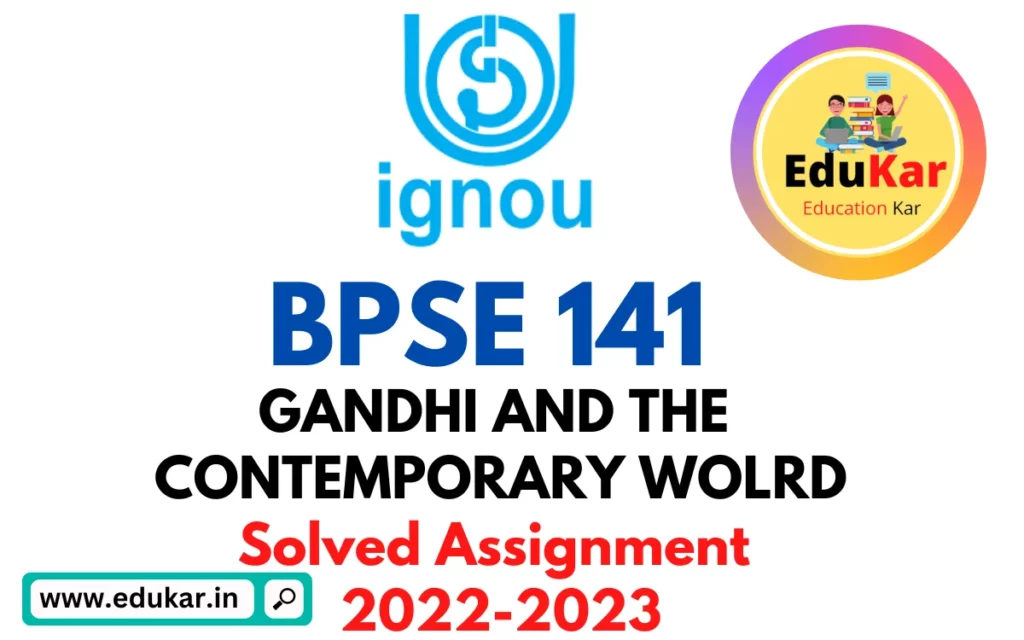
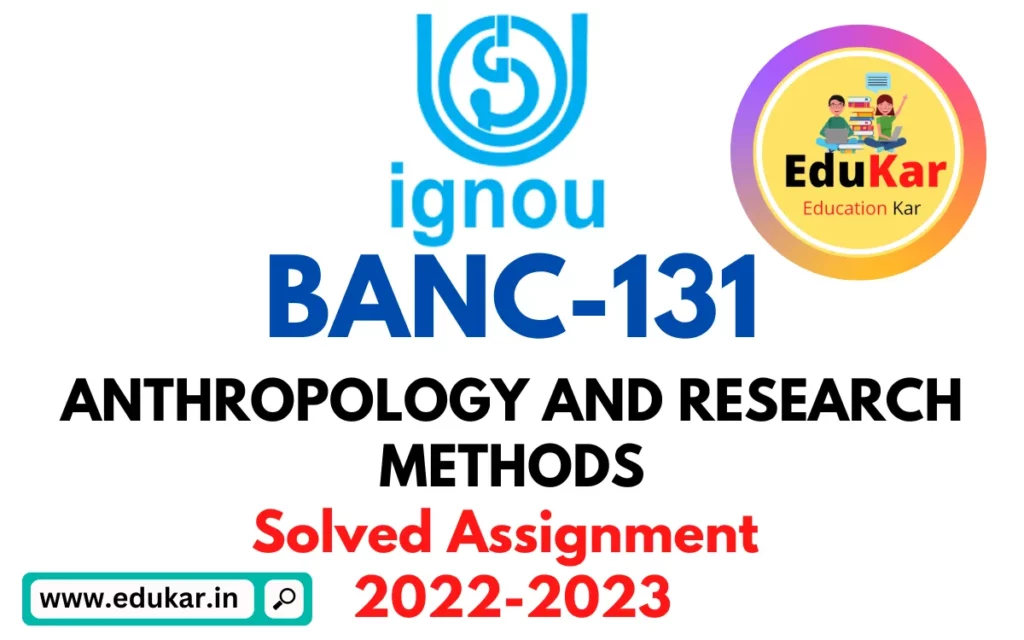
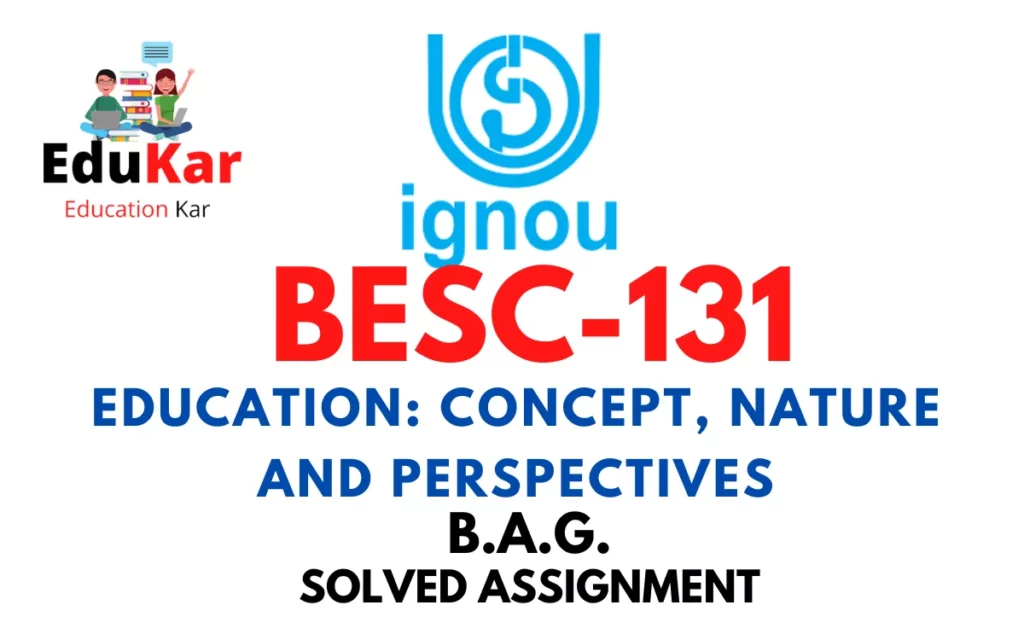
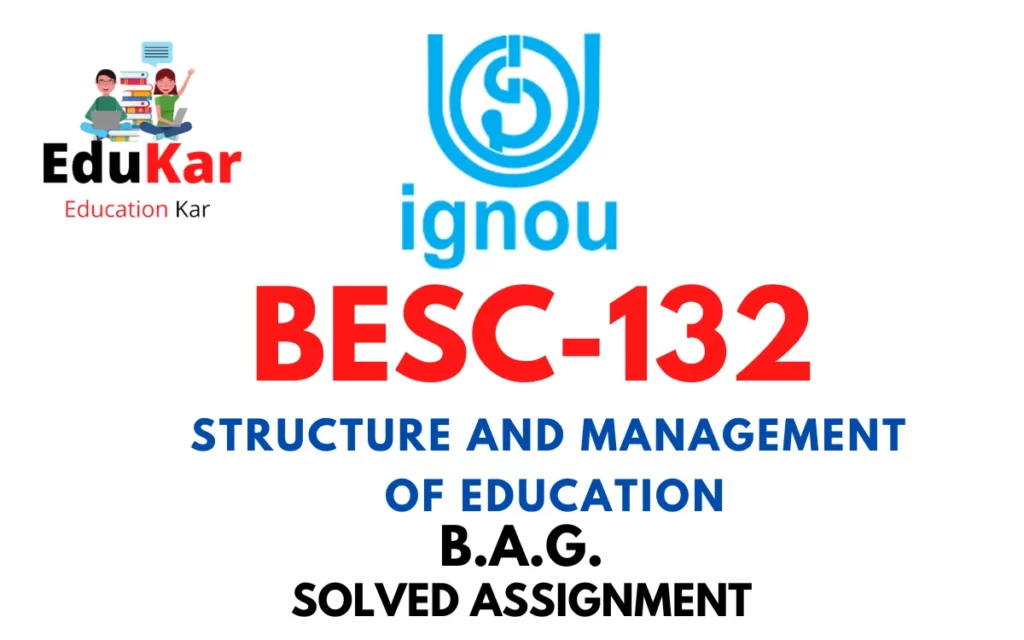
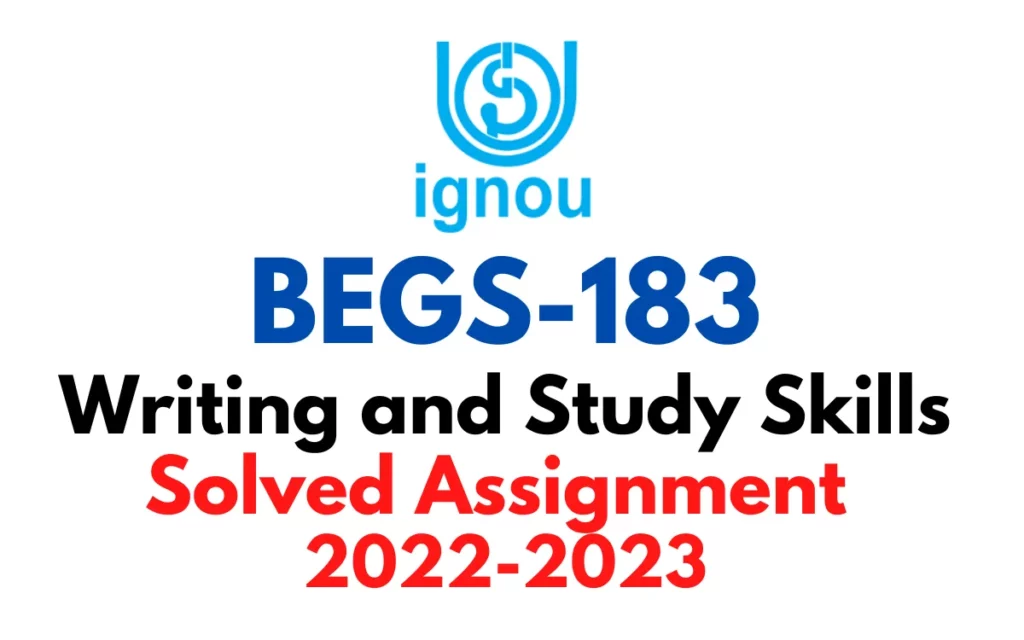

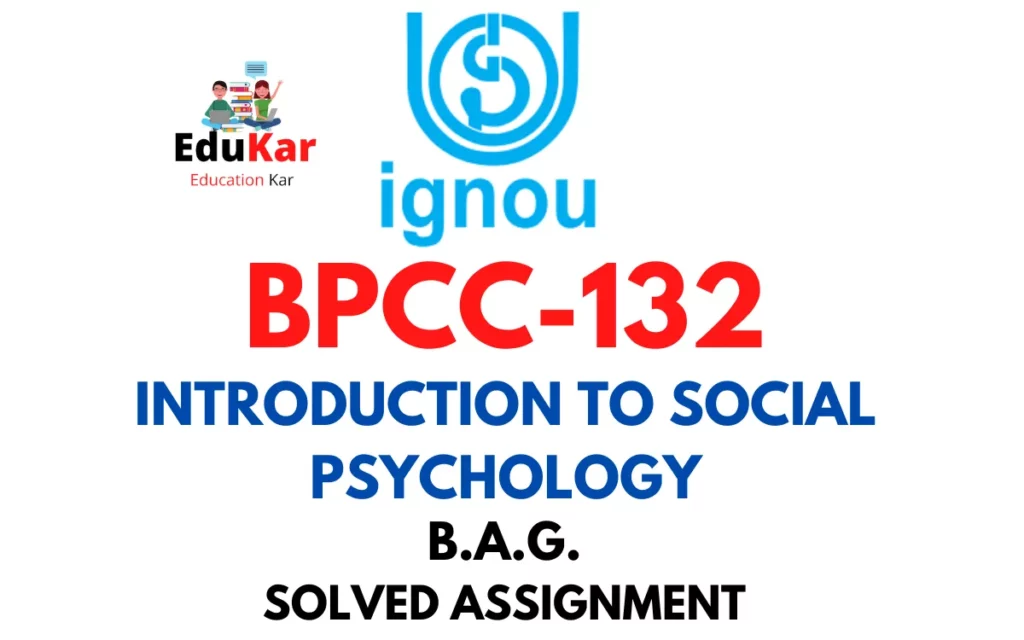
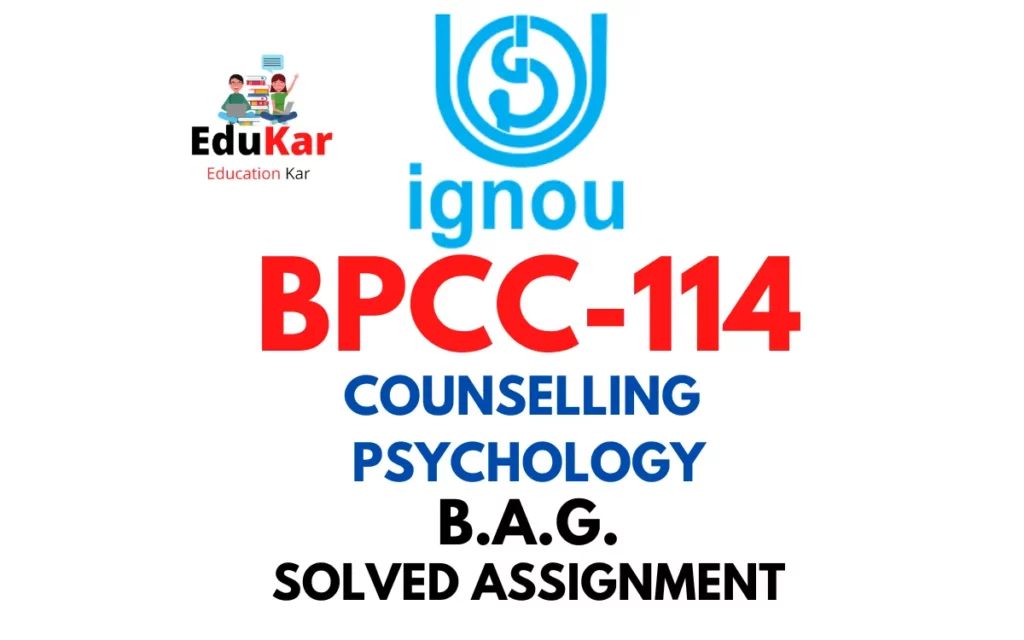
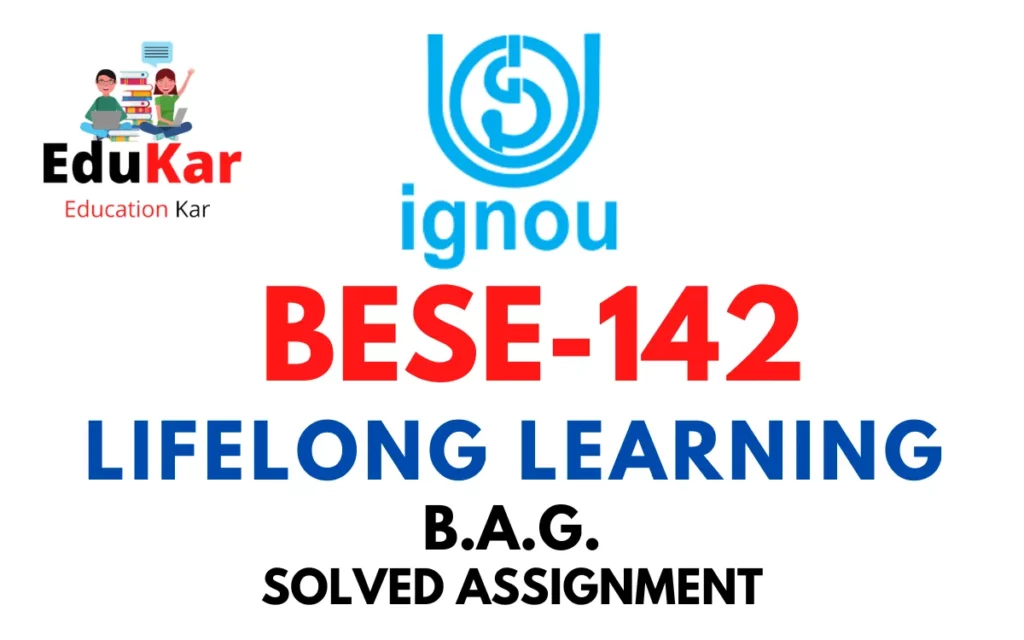
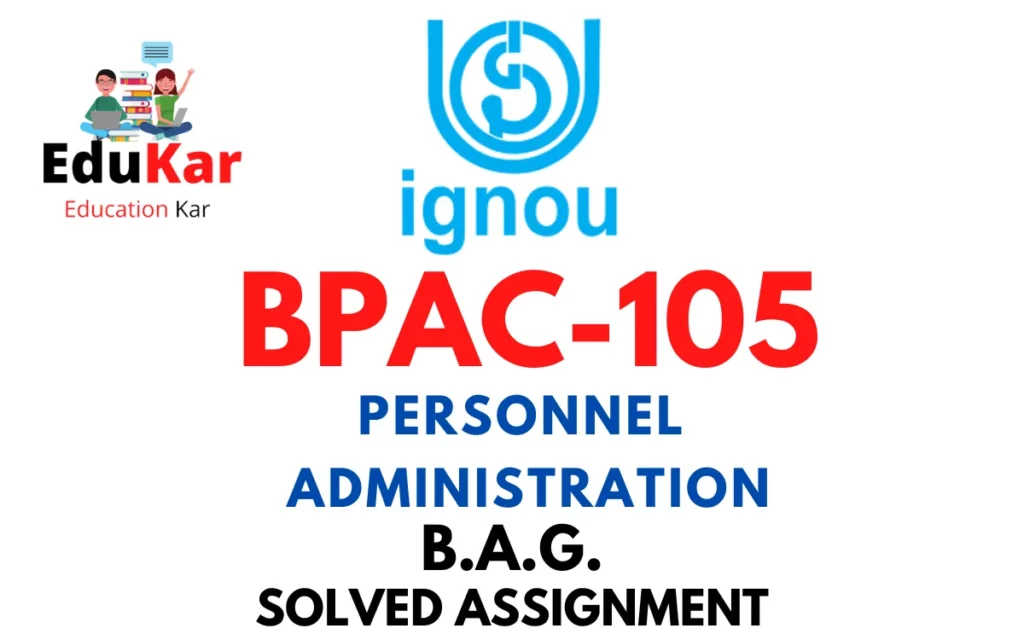

![[Solved Assignment] BPCS 188-APPLICATIONS OF SOCIAL PSYCHOLOGY (IGNOU-BAG) 2022-2023 BPCS 188-APPLICATIONS OF SOCIAL PSYCHOLOGY IGNOU BAG Solved Assignment 2022-2023](https://edukar.org/wp-content/uploads/2023/01/BPCS-188-APPLICATIONS-OF-SOCIAL-PSYCHOLOGY-IGNOU-BAG-Solved-Assignment-2022-2023-1024x640.webp)
